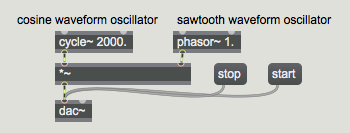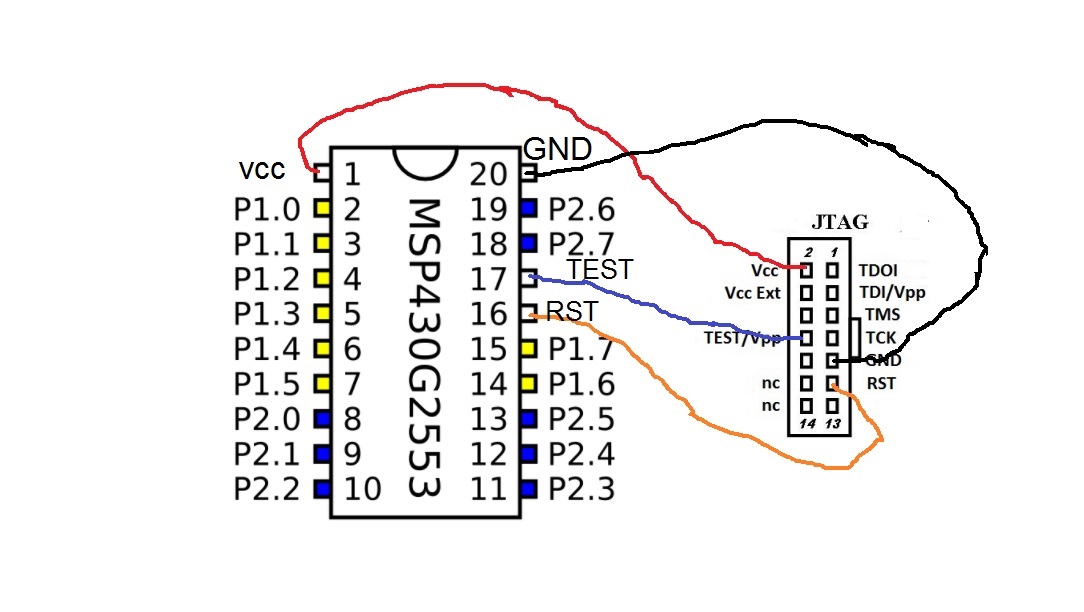
Rooted in the embodied cognition research programme, it seeks to understand what kinds of shapes listeners with varying levels of musical expertise perceive in sound and music by engaging them in overt actions.

This thesis investigates the notion of shape in music from a psychological perspective. Little evidence is available on the efficacy of the apps in developing mindfulness. Very few had high ratings on the MARS subscales of visual aesthetics, engagement, functionality or information quality. There was a high level of inter-rater reliability between the two MARS raters.Ĭonclusions: Though many apps claim to be mindfulness-related, most were guided meditation apps, timers, or reminders. The Headspace app had the highest average score (4.0), followed by Smiling Mind (3.7), iMindfulness (3.5) and Mindfulness Daily (3.5). The median MARS score was 3.2 (out of 5.0), which exceeded the minimum acceptable score (3.0). Of the remaining 560, 23 apps met inclusion criteria and were reviewed. However, 94 were duplicates, 6 were not accessible and 40 were not in English. Results: The “mindfulness” search identified 700 apps. A second rater provided MARS ratings on 30% of the apps for inter-rater reliability purposes. An expert rater reviewed and rated app quality using the MARS engagement, functionality, visual aesthetics, information quality and subjective quality subscales. Those containing only reminders, timers or guided meditation tracks were excluded. Apps that provided mindfulness training and education were included. Methods: A search for “mindfulness” was conducted in iTunes and Google Apps Marketplace. It also aimed to describe features of selected high-quality mindfulness apps.

Objective: This study aimed to conduct a systematic review of mindfulness-based iPhone mobile apps and to evaluate their quality using a recently-developed expert rating scale, the Mobile Application Rating Scale (MARS). While there are hundreds of such apps, there is little information on their quality. Mindfulness-based mobile apps may have potential as an alternative delivery medium for training. This project also looks to the practices of Yoga and Tai Chi breathing techniques for inspiration on what form the interactions will take.īackground: There is growing evidence for the positive impact of mindfulness on wellbeing.

To practice mindfulness using interactive technology, the application will adopt the framework of the attention-regulation process (ARP) – which in ARP the two mechanisms of Detection and Feedback allow technology to ‘detect’ the users’ interaction without interrupting the users’ state, and give soft ‘feedback’ to stimulate the users’ meta- awareness – “in a conscious state, thinking about your situational awareness”, allowing for effortless reflection, and achieving a deeper state of mindfulness. Gesture tracking or skeletal tracking technologies will be the focus of this project as the means of interacting with the application. This thesis explores this innovative combination of technology and mindfulness, creating a potential platform for interactive meditation.
#Max msp gswitch for signals software
In response to this, electronic engineers & software developers have taken the methods of mindfulness meditation and applied it to technology. Mental illness is a growing concern among the general population, with many looking to mindfulness and meditation as a means to improve mental wellbeing.


 0 kommentar(er)
0 kommentar(er)
